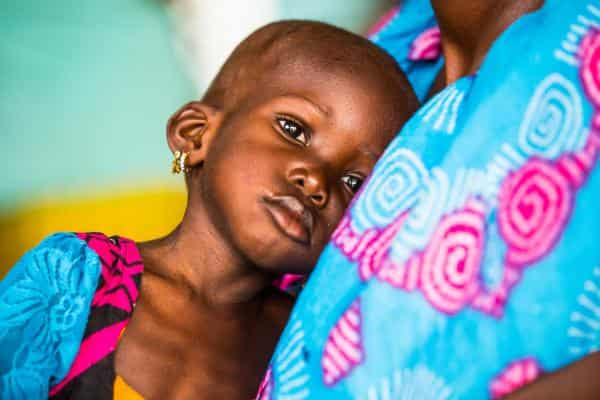
Between 2024 and 2050, over 40 million additional children will be stunted, and 28 million will be wasted globally, especially in low-income countries owing to the growing burden of malnutrition caused by climate change.
This projection, which forms part of the 2024 Goalkeepers Report, tagged: The Race To Nourish A Warming World, emphasised the need for country leaders to devote their aid money to reverse the current trends.
“This summer, UNICEF issued its first report on child food poverty. The findings were stark. Two-third of the world’s children —.more than 400 million kids — are not getting enough nutrients to grow and thrive, putting them at higher risk for malnutrition.
“In 2023, the World Health Organisation (WHO) estimated that 148 million children experienced stunting, and 45 million children experienced wasting—the most severe forms of chronic and acute malnutrition. It prevents them from growing to their full potential—and, in the worst cases, from growing up at all.”
In the report, the Co-chair, Bill & Melinda Gates Foundation, Bill Gates, regretted that the world is contending with more challenges than at any point currently, said inflation, debt, and new wars have become the order of the day, noting that aid isn’t keeping pace with these needs, particularly in the places that need it the most.
He said: “Obviously, fighting climate change is crucial. But what these data show is that the health crisis and the climate crisis are the same thing in the poorest countries near the equator. In fact, the best way to fight the impacts of climate change is by investing in nutrition.
“For instance, more than half of all child deaths still occur in sub-Saharan Africa. Since 2010, the percentage of the world’s poor living in the region has also increased by more than 20 percentage points. Despite this, during the same period, the share of total foreign aid to Africa has dropped from nearly 40 per cent to only 25 per cent — the lowest percentage in 20 years. Fewer resources mean more children will die of preventable causes.
“The global health boom is over, but for how long? That’s the question I have been wrestling with for the past five years: Will we look back on this period as the end of a golden era? Or is it just a brief intermission before another global health boom begins?”
Continuing, he said: “Every now and then, somebody will ask me what I would do if I had a magic wand. For years, I’ve given the same answer: I would solve malnutrition.
“When a child dies, half the time the underlying cause is malnutrition. And now, a significant headwind is making malnutrition harder to solve: climate change. We worked with our partners at the Institute for Health Metrics and Evaluation to better understand how difficult the headwind is.”
Gates expressed optimism of a possible solution if global health is given a second act.
“To do this, we’ll need a two-pronged approach. First, the world has to recommit to the work that drove the progress in the early 2000s, especially investments in crucial vaccines and medicines.
They’re still saving millions of lives each year, and we can’t afford to backslide.
“But we also need to look forward. The R&D pipeline is brimming with powerful—and surprisingly cost-effective—new breakthroughs. Now we just need to put them to work fighting the world’s most pervasive health crises. And it starts with good nutrition.”






